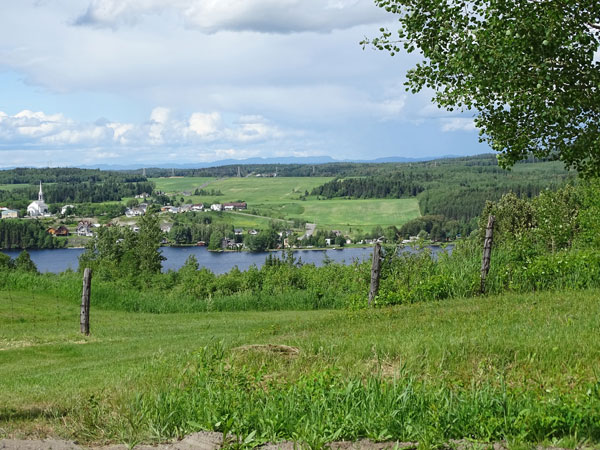We are planning and building the necessary facilities
All across Québec, we are planning and building the necessary facilities to continue bringing Quebecers clean energy and reliable, high-quality electricity service at a fair price, all in the best interest of future generations.

A new social acceptability framework
More than ever, our teams are working in close collaboration with local communities to develop better projects.
Discover our new framework [PDF 282 kB]